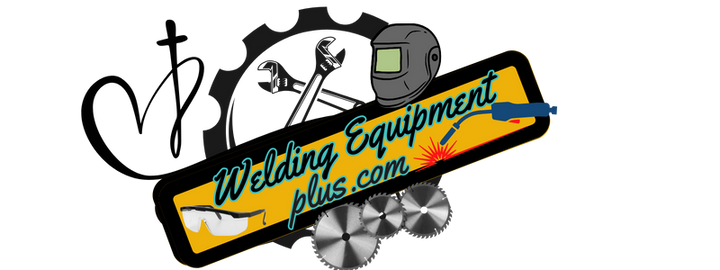Are you venturing into the world of welding for the first time? Welcome to a craft that's as rewarding as it is intricate. One of the key steps on your welding journey is choosing the right equipment. With the myriad of options available, it can be overwhelming for beginners. Fear not! This guide is designed to break down the basics of welding equipment and help you make informed choices.
Understanding Your Welding Needs:
Before diving into the world of welding equipment, take a moment to consider your specific needs. Different welding projects may require different tools and techniques. Are you planning on working with thin or thick metals? Will your projects involve intricate details or structural welding? Understanding your needs will guide you in selecting the appropriate equipment.
Types of Welding Processes:
There are various welding processes, each with its own set of equipment requirements. Here are three common types:
MIG Welding (Metal Inert Gas):
Ideal for beginners due to its ease of use.
Requires a MIG welder, welding gun, shielding gas, and a wire feeder.
Suitable for a wide range of materials.
TIG Welding (Tungsten Inert Gas):
Offers precision and versatility.
Requires a TIG welder, TIG torch, tungsten electrode, shielding gas, and filler rod.
Well-suited for thin metals and detailed work.
Stick Welding (Shielded Metal Arc Welding):
Robust and suitable for outdoor use.
Requires a stick welder, welding electrodes, and a welding helmet.
Versatile but may have a steeper learning curve for beginners.
Essential Welding Equipment:
Regardless of the welding process, certain tools are essential for any beginner:
Welding Helmet:
Protects your eyes and face from sparks and UV radiation.
Choose one with an auto-darkening feature for convenience.
Welding Gloves:

Provides hand protection from heat, sparks, and metal splatter.
Opt for gloves that balance protection and dexterity.
Safety Glasses:

Shields your eyes from potential hazards.
Look for glasses with side shields for added protection.
Welding Jacket:

Protects your upper body from heat and sparks.
Consider the material and durability.
Welding Table or Workbench:
Provides a stable surface for your projects.
Choose one that suits your workspace and projects.
Consider Your Budget:
Welding equipment can vary significantly in price. While it's tempting to invest in top-of-the-line gear, especially if you're serious about welding, consider your budget constraints. There are quality options available for every budget, and it's better to start with something that fits your financial comfort zone.
Seeking Guidance:
Don't hesitate to seek advice from experienced welders, either locally or online. Many welding communities are eager to help newcomers. They can offer insights into equipment choices, tips on usage, and even share their favorite brands.
Conclusion:
Choosing the right welding equipment as a beginner is a crucial step in your welding journey. Take the time to understand your needs, the different welding processes, and the essential equipment required. With careful consideration and a bit of guidance, you'll be well on your way to creating impressive welds. Happy welding!


